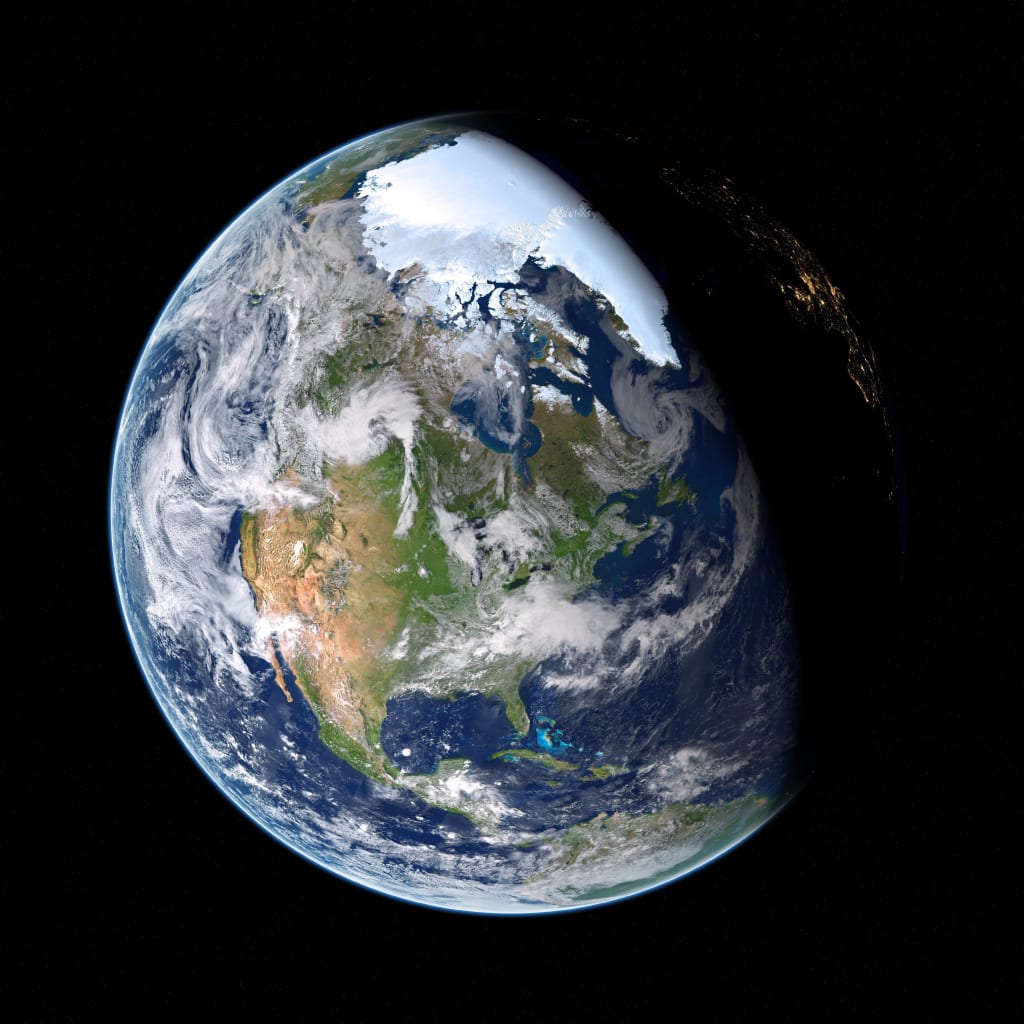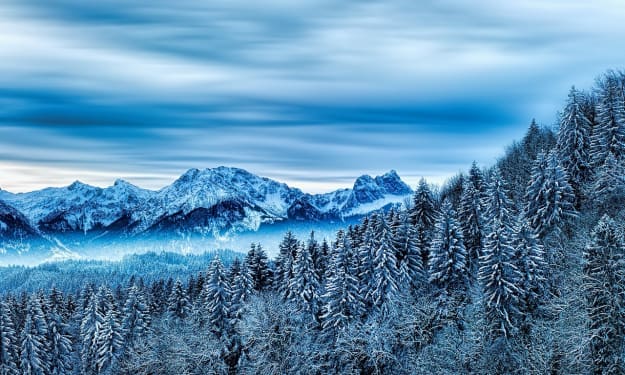IF THE EARTH WAS FLAT
What would be if the earth was flat

Imagine if the Earth had an edge, and it looked like the edge of a flat Earth. I know, I know, we've talked about it before, but there's something mesmerizing about it. The flat Earth solar eclipse, the diagonally growing trees, the Great Wall of ice guarded by NASA (of course), the flat earthers sure have a great imagination. But what if they were right? How would the Earth hold up in space? Would it revolve around the Sun, or would the Sun rotate around it? And why would you never walk to the Earth's Edge?
For thousands of years, the general public thought that the Earth was flat and everything revolved around it. Then Nikolaus Copernicus came around with his spanking new theory. The theory said that the Earth wasn't flat and definitely not the center of anything. His observations led him to believe that our planet is orbiting the Sun. But here we are, 500 years later, and some people around the globe are convinced that the Earth is flat.
Well, how would this even work? Do you know why the planets form in a spherical shape? One word: gravity. Gravity is what's pulling matter together equally from every side, and as a result, matter forms into a sphere. Of course, this wouldn't be the case for a flat Earth. Anti-round earthers think that there's no such thing as gravity. We only feel like there is because some mysterious force is accelerating the pancake-shaped Earth upwards. I don't need to tell you that you can't increase the speed forever. At some point, you'd be going too fast. Does anybody feel like a burnt pancake?
If you want some real science, then yes, there would be gravity on a flat Earth, and it would be weird. The center of gravity on a flat Earth would be right here in the middle. Everything on Earth and around would be pulled to this point, and the further you got away from the center, the stronger this pull would be. At some point, it would begin to pull you downward, so you would have to start climbing. This would be the reason why you couldn't walk to the edge of a flat Earth. Gravity would be so strong around there that it would be impossible for you to make it. You might never see the gorgeous 45-meter-tall wall of ice called Antarctica, guard railing the Earth's Edge, and you'd never learn what's on the flip side. But at least you wouldn't fall off of it.
There would be other side effects of this funny gravity. Objects closer to the edge of the Earth would fall sideways instead of down. Gravity would also make trees grow diagonally on most of the pancake-like Earth because they'd be reaching against the pull of gravity. All the rain, snow, and hail would fall toward the Arctic at the center of the Earth. The precipitation would converge and start to build up. The oceans would get sucked to the center of the disk too and form one big ocean in the middle.
A big concern would be the air pressure on a flat Earth. Gravity would draw too much air toward the Earth's center, leaving the areas around the edge with no air pressure at all. That would be bad because people living in a flat Earth Australia wouldn't have enough oxygen to breathe. And if you lived closer to the Middle where the Arctic would be, you'd be crushed by the weight of the atmosphere. But not for long. A flat Earth wouldn't have a geomagnetic field around it. This field is generated by the movements of the Earth's core, and, well, a flat Earth just wouldn't have one. Nothing would be holding our atmosphere in place, and eventually, it would spill into space. We'd be exposed to solar radiation that would cause cancer and damage our DNA, and we'd have no breathable air anywhere on the planet. So I hope you're able to find a life support system lying around.
Now, let's get to those questions we've all been waiting for. What would orbit what in this arrangement? Would there be a day and night cycle or time zones? Every flat earther knows that the Sun goes in circles around a pancake-shaped Earth, and so does the moon. They're both around 50 kilometers in diameter and act like huge spotlights. But let's bring good old science to the equation. If the sun worked as a spotlight, you'd see it from everywhere on Earth, even if it didn't shine directly on you. It would look like those alien abduction scenes. Wonder where they got that idea from?
In this system, there would be no day and night cycle. That would be pretty strange. How am I supposed to get my beauty





Comments
There are no comments for this story
Be the first to respond and start the conversation.